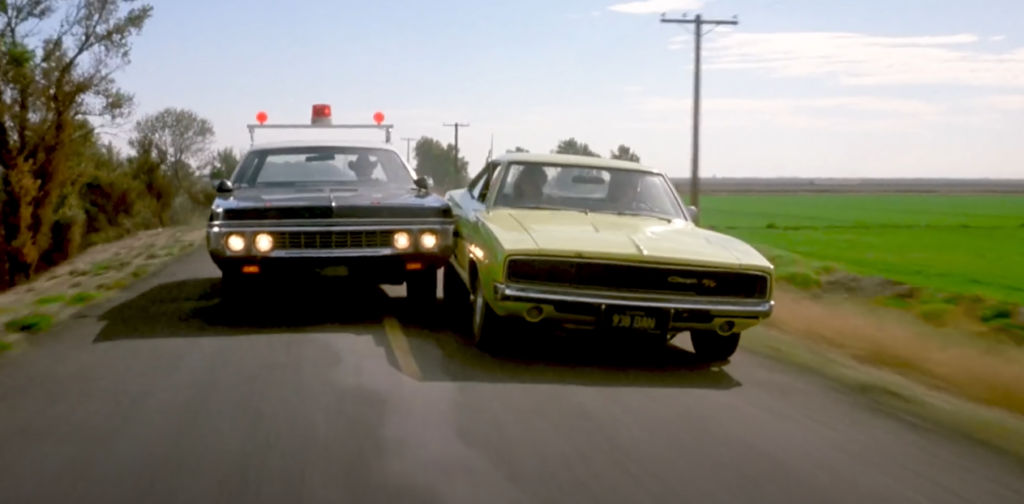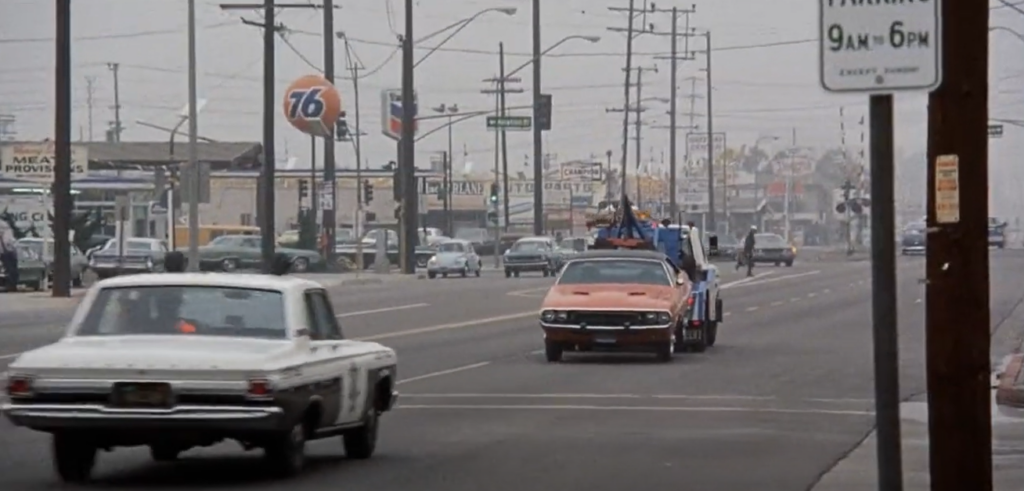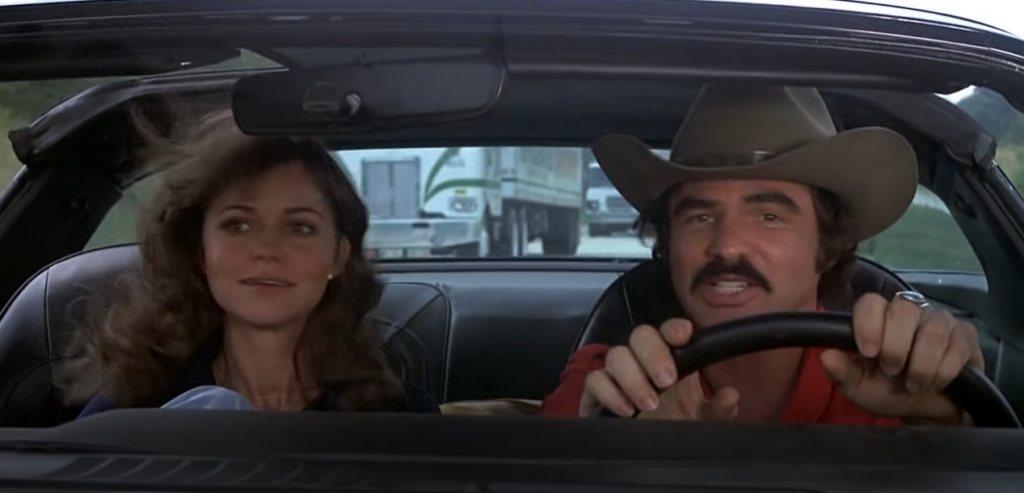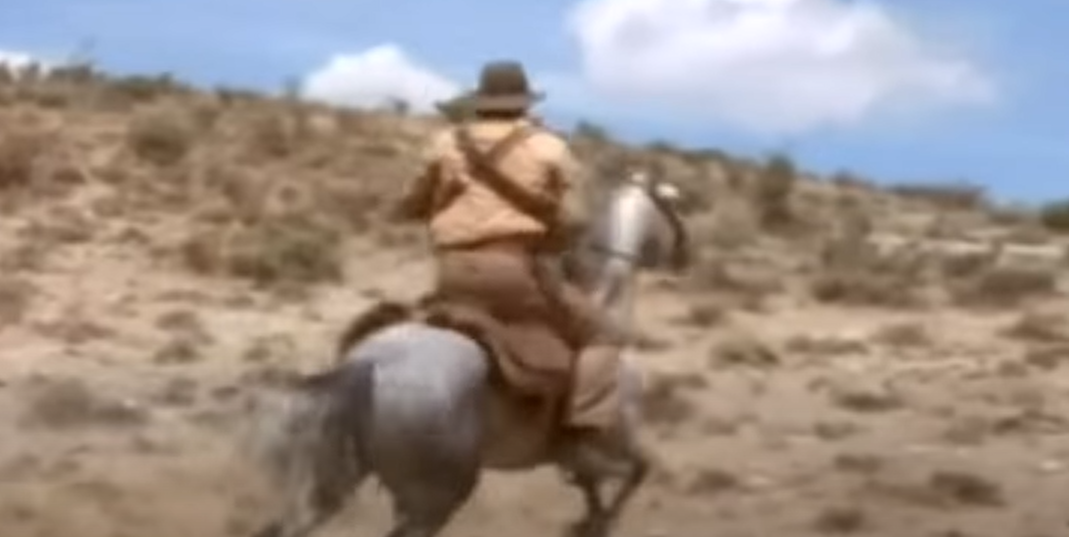The 1970s: A Crucial Period for Car Movies
It’s impossible to separate the 1970s from the cars that cruised across movie screens during the decade. The ’70s saw a proliferation of films where automobiles weren’t just a mode of transport; they were integral characters in their own right, vital to the plot, character development, and overall narrative. The following detailed analysis takes a deep dive into the ’70s car movies and their cultural significance.
Under the Hood: Understanding the Cultural Shift
The 1970s was a decade of profound societal change, marked by significant historical events and the rise of new ideologies. As the Vietnam War came to an end, and advancements in technology and communication reshaped the world, people were seeking an outlet for self-expression and an escape from the confines of convention. In the midst of this cultural shift, car films emerged as a powerful cinematic genre, captivating audiences and leaving a lasting impact on the era’s cinematic landscape.
The Socio-Cultural Landscape of the 1970s
| Category | Details |
|---|---|
| The Aftermath of the Vietnam War | The end of the controversial Vietnam War in the 1970s left a deep mark on the collective consciousness of the nation. Audiences grappled with the emotional aftermath of war, seeking narratives that represented resilience, courage, and triumph of the human spirit. |
| Technological Advancements | The 1970s were marked by significant advancements in technology, especially in the automobile industry. Muscle cars captured the imagination of enthusiasts, symbolizing a blend of power and freedom. |
| Social Movements and Civil Rights | During the same era, there was a surge in social movements advocating for civil rights, environmental protection, and gender equality. The themes of individualism and rebellion that were prevalent in car films of the time resonated with the widespread desire for personal freedom and resistance against societal constraints. |
Automobiles as Symbols of Freedom and Rebellion

Cars in the 1970s took on a symbolic meaning that extended beyond mere transportation. They became emblems of freedom, autonomy, and nonconformity. Let’s delve into the reasons behind this cultural phenomenon:
| Theme | Description |
|---|---|
| The Open Road and Freedom | The car symbolized the open road, representing endless possibilities and the pursuit of one’s dreams. Road trips became an integral part of American culture, embodying the quest for adventure and self-discovery. |
| Rebellion Against Authority and Social Norms | The 1970s marked a period of questioning authority and challenging societal norms. Car films featured protagonists who defied the status quo and rebelled against oppressive systems, reflecting the spirit of the era. |
| Personal Identity and Empowerment | Cars offered individuals a sense of empowerment and identity, serving as reflections of their personalities and values. Automobiles became extensions of oneself, enabling the expression of individuality in a constantly changing world. |
Exploring Themes through Car Films
Car films offered a unique canvas to explore various themes that deeply resonated with audiences during this transformative decade. Some of the prevalent themes included:
| Theme | Description |
|---|---|
| Freedom vs. Confinement | Car films juxtaposed the liberating feeling of the open road with the suffocating constraints of societal norms. Protagonists often embarked on road trips, breaking free from their everyday lives to seek freedom and self-discovery. |
| Struggles for Justice and Equality | Some car films tackled issues of social justice, portraying characters fighting against injustice and inequality. These films served as vehicles (pun intended) to inspire and motivate audiences to stand up for what they believed in. |
| Environmental Consciousness | As environmental concerns gained traction, car films also addressed the impact of excessive consumption and pollution. Some films incorporated ecological messages, urging viewers to consider the consequences of their actions on the planet. |
“Vanishing Point” (1971): The Quintessential Car Movie of the 70s
“Vanishing Point” holds an iconic position in the car movie genre. The film follows Kowalski (Barry Newman), a disenchanted war veteran turned car delivery driver. After placing a bet to deliver a 1970 Dodge Challenger from Colorado to San Francisco in less than 15 hours, he’s plunged into a high-speed chase across the country, battling against time, law enforcement, and his own internal demons.
What sets “Vanishing Point” apart from other car movies of the era, is its multi-dimensional exploration of the relationship between Kowalski, his car, and society. The 1970 Dodge Challenger is more than just a fast car; it’s a representation of Kowalski’s personality and his desperate desire to break free from societal constraints.
| Key Takeaway | Explanation |
|---|---|
| Rebellion | Kowalski’s defiance against the law enforcement agencies symbolizes the rebellious spirit of the era. |
| Freedom | Kowalski’s journey through the wide-open landscapes of America echoes the search for personal freedom and autonomy. |
| Existentialism | Kowalski’s internal struggles and the film’s ambiguous ending provide a nuanced depiction of existential crisis, underscoring the psychological complexity of the protagonist. |
“Gone in 60 Seconds” (1974): The Art of Car Theft

“H.B. Halicki’s “Gone in 60 Seconds” introduces audiences to Maindrian Pace, a respectable insurance investigator who moonlights as a professional car thief. After receiving an offer to steal 48 specific cars, Pace and his crew embark on an exhilarating adventure. The highlight of the film is a 40-minute car chase involving a 1973 Ford Mustang, famously known as “Eleanor”.
“Gone in 60 Seconds” revolutionized the car movie genre through its unconventional portrayal of car thieves and its innovative storytelling techniques. The film delivers high-octane excitement while presenting a layered narrative, where cars are anthropomorphized, and the protagonists are skilled artisans in their trade.
| Key Takeaway | Explanation |
|---|---|
| Excitement | The film’s daring car thefts and high-speed chases offer non-stop thrills, reflecting the audience’s desire for action and escapism. |
| Anthropomorphism | “Eleanor” is personified as a female character, introducing a new dimension in the relationship between man and machine. |
| Ingeniousness | The creative and technical ways employed by Pace’s crew in stealing cars reveal a side of car theft rarely explored in cinema, adding depth to the narrative. |
“Dirty Mary Crazy Larry” (1974): The Thrill of the Chase
“Dirty Mary Crazy Larry” is a thrilling cat-and-mouse game between two small-time crooks, Larry (Peter Fonda) and Deke (Adam Roarke), and the relentless police captain pursuing them. After a supermarket heist, Larry, Deke, and Larry’s casual girlfriend Mary (Susan George) hit the road in a 1969 Dodge Charger, evading the police in a high-speed chase across rural California.
The film, while based on a simple premise, provides a complex exploration of freedom, rebellion, and the consequences of one’s actions. The relentless pursuit by the law and the trio’s refusal to surrender serve as metaphors for the era’s anti-establishment sentiments and the pursuit of individual freedom.
| Key Takeaway | Explanation |
|---|---|
| Persistence | The high-speed chase throughout the film symbolizes the characters’ relentless quest for freedom. |
| Unpredictability | The unpredictable dynamic between Larry, Deke, and Mary adds complexity to the narrative. |
| Repercussions | The film’s tragic ending emphasizes the consequences of rebellion and defiance against authority. |
“Smokey and the Bandit” (1977): A High-Speed Comedy

“Smokey and the Bandit”, directed by stuntman-turned-director Hal Needham, is a light-hearted romp that pits Bo “Bandit” Darville (Burt Reynolds) and Cledus “Snowman” Snow (Jerry Reed) against Sheriff Buford T. Justice (Jackie Gleason). Tasked with transporting 400 cases of Coors beer from Texas to Georgia in 28 hours, Bandit and Snowman lead Sheriff Justice on a wild cross-country chase in a black 1977 Pontiac Trans Am.
“Smokey and the Bandit” is as much a comedy as it is a car movie. The car chases and stunts are balanced with humor and wit, making the film an enjoyable, lighthearted romp that still manages to present a compelling exploration of 70s car culture.
| Key Takeaway | Explanation |
|---|---|
| Humor | The humorous interplay between the characters adds a comedic twist to the classic car chase formula. |
| Stunts | The film’s groundbreaking stunts, including the iconic jump over the dismantled bridge, highlight the skill and precision involved in professional stunt driving. |
| Pop Culture Influence | The film popularized the Pontiac Trans Am and introduced the “Smokey” CB slang, influencing 70s pop culture and car trends. |
Conclusion
The 1970s was a golden era for car films, showcasing high-octane adventures, introspective journeys, and the deep-seated American love for the automobile. Through their portrayals of speed, power, rebellion, and freedom, these movies have left an indelible mark on cinema and car culture, transforming cars from mere modes of transportation into powerful symbols of individuality and freedom.
FAQ
The 1970s was a time of significant societal shifts, and car movies resonated with audiences as they mirrored these changes. The themes of rebellion, freedom, and nonconformity depicted in these films were representative of the wider societal sentiments of the era.
The car films of the ’70s played a pivotal role in shaping car culture. They popularized certain car models, introduced audiences to the intricacies of car subcultures, and presented cars as symbolic representations of their drivers.
Absolutely! The ’70s car movies continue to be influential due to their enduring themes, groundbreaking filmmaking techniques, and their significant impact on car culture.




